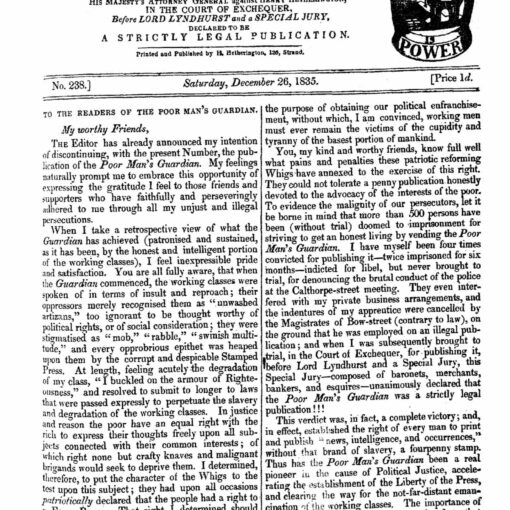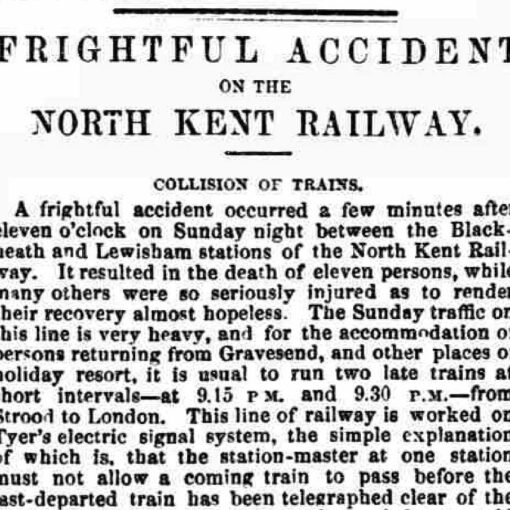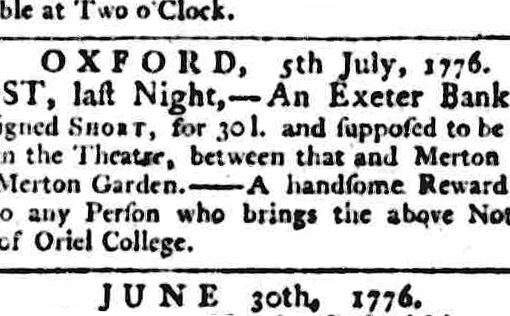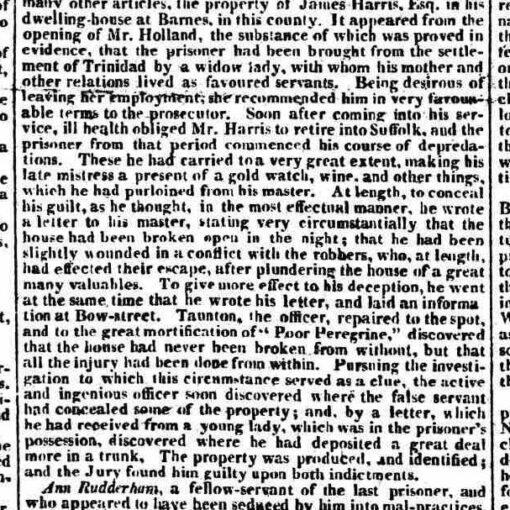Hendon & Finchley Times – Friday 21 December 1928

FINCHLEY TRAGEDY
AGED NIGHT-WATCHMAN KILLED BY TRAMCAR NEAR CEMETERY.
EXTENSIVE BODY INJURIES.
William Herbert Bailey Knight, aged 68, of 54, Durham Road, Tottenham, died in the Finchley Memorial Hospital on Friday, after having been knocked down, earlier in the day, by a tramcar near the St. Pancras Cemetery, East Finchley. An inquest was held on Wednesday, when the coroner, Dr. G. Cohen, had the assistance of a jury.
P.C. Pearce, who produced a plan of the spot, said that the tramcar was proceeding towards Barnet. There was a slight gradient in the road, and there had been an obstruction at the time of the accident, but it had since been removed. The road was under repair. The tracks were 5 ft. 6 in. apart, and there were lamps at each end of the obstruction.
William Charles Knight, deceased’s only son, said his father could see well and hear well. He had been in the employ of the Tramway Company for five years as a night watchman, and, previous to that, he had been employed by them on casual work. While in hospital after the accident his father told him that he had been knocked down by a tramcar and had some stitches.
Frederick Tinsley, of Grange Avenue, North Finchley, the driver of the tramcar, said he was driving towards Barnet and slowed down at the obstruction to about six or eight miles an hour. He did not know at the time that he had struck deceased, but that was the only possible explanation, for nothing else could have knocked him down. The road was rather dark at the point, and he knew the obstruction was there. He had come to the conclusion that the man must have been behind a hut in the clearway between the tracks as the car approached the obstruction. Witness rang his bell. The hut was 20 feet high and three feet wide. Huts were frequently placed between the lines, because there was not always room to place them elsewhere. Witness did not know deceased by sight, but he knew all the watchmen by sight. He had been driving for thirteen years and had never had a similar accident.
Walter Bolden, of 35, Percy Road, North Finchley, the conductor of the car, said he did not see the accident. The car pulled up very quickly after the accident, and they found the man lying between the two tracks. Witness asked him if he was badly hurt and he made a movement of his right shoulder. Witness called the ambulance, and a policeman took deceased to hospital.
P.C. Edward Johns said the police arrived about a quarter-of-an-hour after the accident. He tried to secure witnesses. At the hospital deceased said to him, “The car caught me in the back and knocked me down. It was going very fast.” When he said that, witness continued, his condition was very bad.
P.C. Frederick Nicholls said he took a statement from the deceased, and he said the tram was going very fast. He said: “I was bending down to pick up a red lamp when the tram hit me in the back, knocking me down.”
Dr. Stanley Rooke said he saw deceased at the hospital shortly after he had been brought into the casualty ward. He was suffering from injuries to the chest, practically all the ribs on the right side were fractured, the shoulder blade was fractured, and he was suffering from shock. He died shortly before midnight on the same day.
The Coroner, addressing the jury, said there were no witnesses other than the driver, who himself was only a witness after the event. He said he had been driving the car down a bit of an incline and slowed down to six or eight miles an hour. The deceased was in a very bad way, suffering from shock, and his view of the case might not be so reliable as that of the driver. The deceased said that the tram was going very fast, but the evidence of a man in that condition could not be so reliable as that of a man who was not shocked, other than the natural shock at the tragedy of the occurrence. The driver said there was no hut in the tram track and his only view was that deceased stepped from the other side of the hut.
A verdict of Accidental Death was returned.
Analysis and Context for Researchers
- Incident Overview:
- William Herbert Bailey Knight, a 68-year-old night watchman, was struck and fatally injured by a tramcar near St. Pancras Cemetery, East Finchley.
- The accident occurred during repairs to the road, which included obstructions and temporary structures, such as huts.
- Witness Statements:
- The tram driver (Frederick Tinsley) and conductor (Walter Bolden) provided critical evidence. While Tinsley suggested Knight was obscured by a hut and might have stepped onto the tracks, Bolden did not see the actual collision.
- P.C. Edward Johns and P.C. Frederick Nicholls recorded statements from Knight, wherein he claimed the tram hit him from behind while he was bending down to pick up a red lamp.
- Physical Evidence:
- The deceased sustained severe injuries, including multiple rib fractures and a fractured shoulder blade, which were consistent with a significant impact.
- The tram’s speed was contested: the driver claimed six to eight mph, while Knight’s statements implied it felt much faster.
- Coroner’s Assessment:
- The Coroner expressed doubts about the reliability of Knight’s testimony due to his critical condition and shock. Instead, the driver’s account was given more weight.
- The jury concluded the death was accidental, emphasizing a lack of direct witnesses.
- Employment Context:
- Knight had worked for the Tramway Company for five years, suggesting he was familiar with tram operations and safety procedures.
- Broader Context:
- This incident highlights the dangers faced by workers in early 20th-century industrial and transport sectors, particularly during periods of urban infrastructure maintenance.
- The use of huts and temporary obstructions on tram lines was a known safety risk.
- Research Implications:
- Researchers examining transport safety, urban planning, or industrial working conditions in 1920s Britain may find this case illustrative of broader systemic issues.
- The article sheds light on workplace accidents, legal inquests, and societal attitudes towards industrial fatalities.

The Hendon & Finchley Times is a weekly newspaper serving the southern areas of the London Borough of Barnet, including suburbs such as Hampstead Garden Suburb, Golders Green, Brent Cross, and Colindale. Established in 1875 as the Hendon Times and Finchley & Hampstead Advertiser, it was renamed the Hendon & Finchley Times in 1878. In 1929, it became the Hendon Times and Guardian, and in 1964, it split into two editions: the Hendon Times and the Finchley Times. These editions reunited under the current title in 1985.
The newspaper has chronicled local events, politics, and social issues for over a century, providing valuable insights into the history and development of the area.
Currently, the Hendon & Finchley Times is published by Newsquest (London) and is available both in print and as a free e-edition online. It continues to serve the community by reporting on local news, events, and issues pertinent to residents in its coverage area.
Overall, the Hendon & Finchley Times remains a significant source of local journalism, reflecting the evolving landscape and concerns of the communities it serves.
Tragic 1928 Finchley Tram Accident: Night Watchman Fatally Struck While Working Near Cemetery 🚋 #History #1920s #TransportSafety #WorkplaceAccidents #UKHistory




